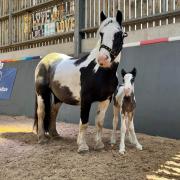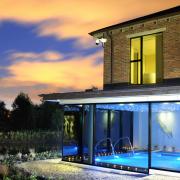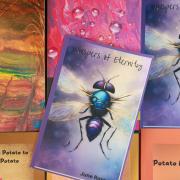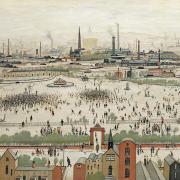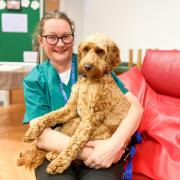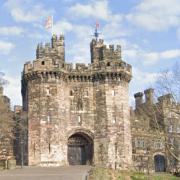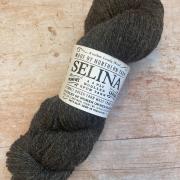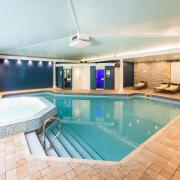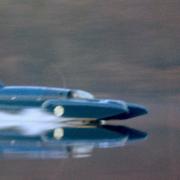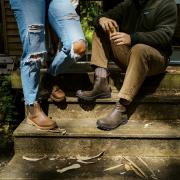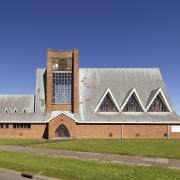Fabric from a Burnley firm will be on worldwide show when the Queen's Barge takes to the Thames. Neil Murray lifts the curtain Photography by Kirsty Thompso
The print version of this article appeared in the June 2012 issue of Lancashire Life We can deliver a copy direct to your door – order online here
When the Queen travels down the River Thames on a luxurious royal barge created for the Diamond Jubilee celebrations, a Lancashire company will have played a key part in the opulence of this spectacle.
The plush velvet drapes adorning the barge and several other vessels on the pageant have come from British Velvets Ltd in Burnley, the UK’s sole remaining weaver of this lovely fabric.
The company was founded in Accrington in 1932, moving to larger premises in Padiham in 1955 before settling into a state-of-the-art base in Burnley last October.
The company has had many successes over the decades but one of the crowning moments was being chosen to provide hundreds of metres of velvet for the drapes on board the Queen’s Barge and other vessels in the royal flotilla.
Since its inception, the company has produced almost all types of furnishing pile fabrics but recently concentrated on curtain and upholstery materials. Velvet making was introduced into Holland from across the border in Germany during the early 1920s and then into the UK by the founders of the Burnley firm.
The barge, converted from a cruising vessel on the Thames, was chosen for its size, quality, safety and manoeuvrability and when fitted out it will echo the richly-decorated royal barges of the 17th and 18th centuries.
Award winning production designer Joseph Bennett, who worked on films Charlotte Gray, Jude and the television series Rome, teamed up with horticulturalist Rachel de Thame to create the royal barge decorations. Red, gold and purple will feature in the designs and much of the red material will be supplied by the Burnley weavers.
Sales executive Matthew Duckworth pointed out that their velvets were not just for cushions and curtains. ‘They are also used in palaces and theatres all around the world as well as in film and TV studios,’ he said. ‘We have made products that have been used in Sweeney Todd, Phantom of the Opera and in most of the Harry Potter’ films.’
Approximately 50% of goods are exported to over 45 countries worldwide as a result of sales director and general manager Keith Prytharch’s modern approach to the company. ‘Our client base has increased beyond our wildest dreams,’ he said.
‘We have a great team of 18 people working here who are all very committed with the majority being with us for ten years or more. We see a great future for the company and the workforce.’
Velvet is a soft pile fabric that has been made for over 3,500 years in one form or another. It has always been considered a luxury because it requires more thread to manufacture than other fabrics and is more time consuming to make due to the number of processes involved.
Traditionally velvet was made with silk thread but nowadays cotton, synthetic materials and natural fibres such as bamboo are used to make it and other associated fabrics such as velour and corduroy.
Production Manager Jackie Byrom added: ‘Velvet is woven as a double cloth on our specialised looms. The warp threads go through two pieces of cloth, instead of just one, and when the fabric is finished, a blade cuts the two pieces of fabric apart along the warp, creating velvet. After cutting, velvet is often sheared to ensure an even pile and is then dyed to the customers chosen colour.’
Special effects can be created et by twisting the fabric while it is wet, producing crushed velvet. In addition some velvet is woven with multiple threads of different colours, producing vivid designs.
Velvet is usually brushed while moist so that the fabric sets with a grain, producing the characteristic feel that customers prize.
Velvet and brocade have been produced for centuries with early examples showing up in ancient Egypt. Royalty and the wealthy were usually the only people who could afford it. The warm and heavy fabric was very popular in the winter, especially in Northern Europe.
But, development does not stop here. This enterprising Lancashire company will soon have The Velvet Lab, a website offering custom-made products manufactured using velvet. They have already increased their growth in the upholstery market five fold and British Velvets Ltd will hold the entire UK brand licence for the website. They already have over 100,000 metres in stock awaiting the rush.



